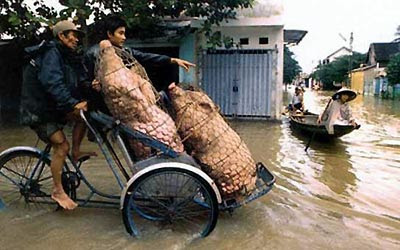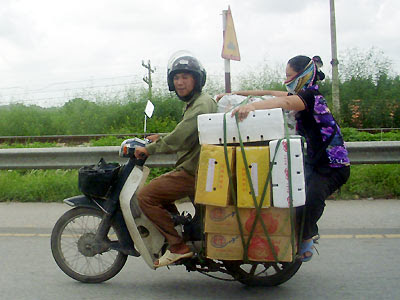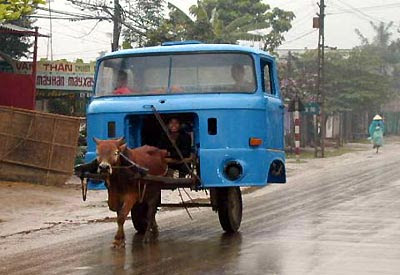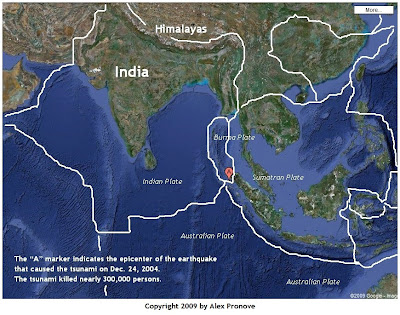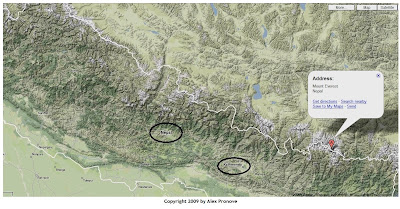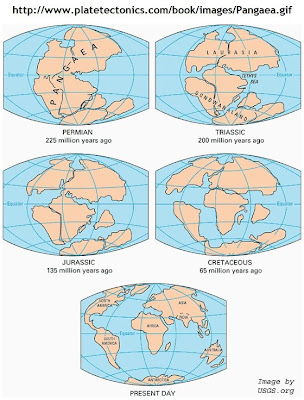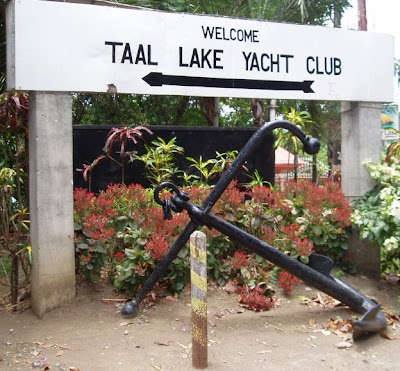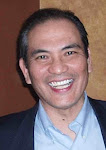 TO OUR FINANCE PROFESSOR
TO OUR FINANCE PROFESSORDear Keith: Thank you for a course well done.
Students will learn many things in a course but realistically, only several things will be remembered with the passage of time. One of an instructor’s goals therefore should be to facilitate that.
An instructor must make a decision concerning his teaching philosophy. Should he try to teach them everything or should he teach them only enough? The answer makes a significant difference.
The first approach, in my opinion, is full of complications. How can one reasonably expect to teach students everything, even when the topics are defined by a set of Terminal Course Objectives (TCOs)? Consider the students’ attitude. Many of them probably enrolled in the class because it was necessary and not because the subject interested them. This approach has a tendency to lead an instructor who believes that these TCOs are set in stone to evaluate the performance of his students against his personal standard. An instructor, by definition, is a master of his subject. Consequently, everything that he teaches, he knows very well. That poses a dilemma, whether the instructor realizes it or not. How can a student, no matter how diligent, understand much less master, the nuances and aspects of each TCO? I contend that this approach creates a hurdle so high that students will not be able to measure up. Every nuance of each TCO counts. Every time that mastery of each nuance is not demonstrated, it counts against the student.
TCOs should serve as a guide, I think. A prudent instructor, in my mind, will use the TCOs in a flexible manner. He could, for instance, at the start of the course, survey the students in order to learn their academic objective. Someone pursuing an MBA with a concentration in Project Management would have a different perspective than someone pursuing a Master’s degree in Project Management. A survey will give the instructor more insight into the needs of his students. This might sound absurd but like anything else, instructional style can be dogmatic. To dogma I contend that one size will not fit all. Address the needs of the customer and realize that the customer is your student.
Focus on the essentials. Follow the Pareto rule. Twenty percent of what you teach will account for 80% of what is important. Might it not be wiser to focus on that 20% then? The challenge in fact is determining the content of that 20%. This is where your expertise and experience as a subject matter expert will help you.
Your method was certainly different but I think you exhibited an uncommon touch in focusing on that 20%. Thanks to this course I am more cognizant of the importance and operation of the finance side of the house.
Within the healthcare sector, my field, hospitals are a key institutional player. Since the 1990s their environment has become more competitive. Looking back I now realize that there are still plenty of managers who don’t appreciate why creditworthiness, for instance, matters. Creditworthy organizations, as you taught, enjoy improved capital market opportunities. A higher credit rating means lower interest costs. A small decrease in the capital rate will, over the life of a bond, translate into significant savings. Creditworthy hospitals also enjoy less restrictive covenants that, in turn, extend their financial flexibility. Creditworthy hospitals also experience lower costs associated with their bond issues. I did a cursory study of the performance of A-rated and C-rated hospitals and noticed that the stronger organizations tend to consolidate markets by acquiring weaker competitors. Apparently, the latter can’t compete because they lack access to cost-effective capital. One author pointed out that winners in the competition for capital are hospitals and systems that can invest in their future. Capital-poor organizations are forced to sit on the sidelines, unable to expand or upgrade their facilities. (Coile 2002).
In the face of ongoing reform initiatives, the environment will only become more turbulent. Hospitals must adopt EMR or face reductions in their Medicare and Medicaid reimbursements. Rising bad debt and charity care are becoming contentious issues as several lawsuits filed by the IRS demonstrated. Commercial health insurance payments are in flux as more and more cost shifting related to consumer-directed health plans take root. A substantial number of hospitals with aging facilities are facing new financial and operational challenges. Tight labor markets continue to exert pressure on salaries and benefits. Regulatory compliance has multiplied and become more complicated. This has increased compliance costs. And competition continues to increase due to industry consolidation and the growing presence of physician-sponsored niche operations in the most profitable service areas. In the face of these sweeping challenges, my education will certainly prove useful!
Thank you again.
























